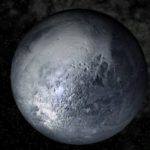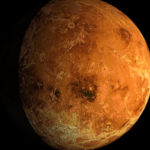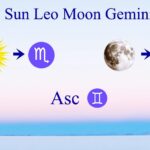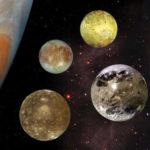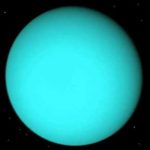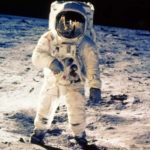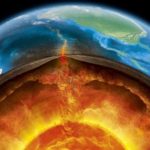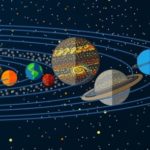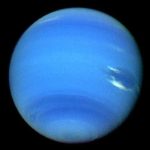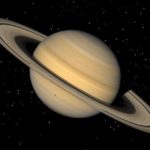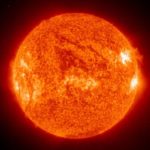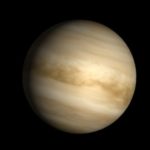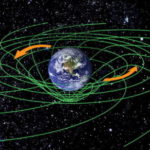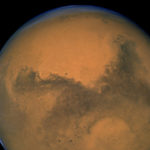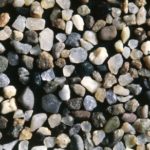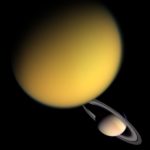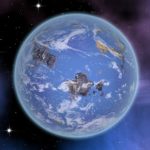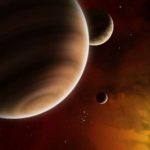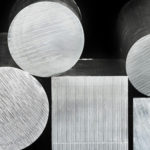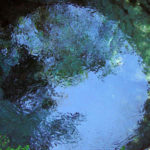Interesting facts about the moon
 The moon is such a habitual yellowish white ball, and sometimes a crescent moon, which can be seen in the cloudless night on the sky. And yet it’s a huge stone ball, with a wild speed tirelessly revolving around our planet, and it is he who creates tides on the surface of the Earth.
The moon is such a habitual yellowish white ball, and sometimes a crescent moon, which can be seen in the cloudless night on the sky. And yet it’s a huge stone ball, with a wild speed tirelessly revolving around our planet, and it is he who creates tides on the surface of the Earth.
One of the theories of the formation of the Moon says that once the Earth collided with another planet, and from the debris of this planet around the Earth formed a ring, which then was formed into the Moon.
The moon is always facing the Earth with the same side.
The distance from the Earth to the Moon is 384 thousand kilometers.
The mass of the cortex of the moon is no more than 4 percent of the total mass. For comparison, the mass of the Earth’s crust is up to a third of the total mass of our planet.
The Bailey crater is the biggest crater on the Moon, its diameter is almost 295 kilometers. It is located on the back of the satellite and can not be seen from the Earth.
The American Apollo-6 brought 385 kilograms of lunar soil to Earth.
The volume of the Moon is approximately 49 times less than the volume of the Earth.
From the surface of the Earth, the Moon and the Sun visually have the same size.
Due to the lack of an atmosphere, the night on the Moon comes instantly – there is no twilight.
On the night side of the moon, as well as in the shade, the temperature is much lower than on the sunlit areas of the surface.
The oldest of the discovered maps of the lunar surface, carved on stone, was discovered in Ireland. She is about five thousand years old.
The first probe sent to the Moon was the Soviet “Luna-2”.
In 1969, mankind in the person of American astronaut Neil Armstrong first stepped onto the moon.
The force of attraction on the Moon is six times less than on Earth.
With the face of the lunar surface facing the Earth, our planet can be clearly seen at any time of the lunar day.
On the Moon there is a monument to the deceased astronauts. This is an aluminum figure 10 cm high, depicting a man in a spacesuit.
The vibrations of the cortex, moonquake (similar to earthquakes) on our satellite also happen. It is believed that they are caused by the gravitational interaction of our planet and the Moon itself, but this is not yet known.
The diameter of the moon is a quarter of the earth’s.
Astronomer Eugene Shoemaker could not become an astronaut because of health problems, but despite this, he made a huge contribution to the study of the moon. After his death, NASA completed his posthumous request and sent his ashes to the moon in 1998.
Lunar dust smells like burnt gunpowder.
All the moon shadows are absolutely black.
The Moon does not have a magnetic field, however, some stones brought from the Moon have magnetic properties. This has not yet been explained.
The moon moves away from the Earth by four centimeters per year.
There is a theory that states that life on Earth could have arisen precisely because of the presence of a satellite that exerts its gravitational influence.
The moon is a large satellite, it is the fifth largest satellite in the solar system.
On the moon visited 12 people.
On the moon there is a substance helium-3, the extraction of which is expedient from the economic point of view, since helium-3 is able to cover all the energy needs of the Earth more than ever.
The moon is recognized as an international territory, on which any military operations are banned. Also, the Moon can not be someone’s property.


